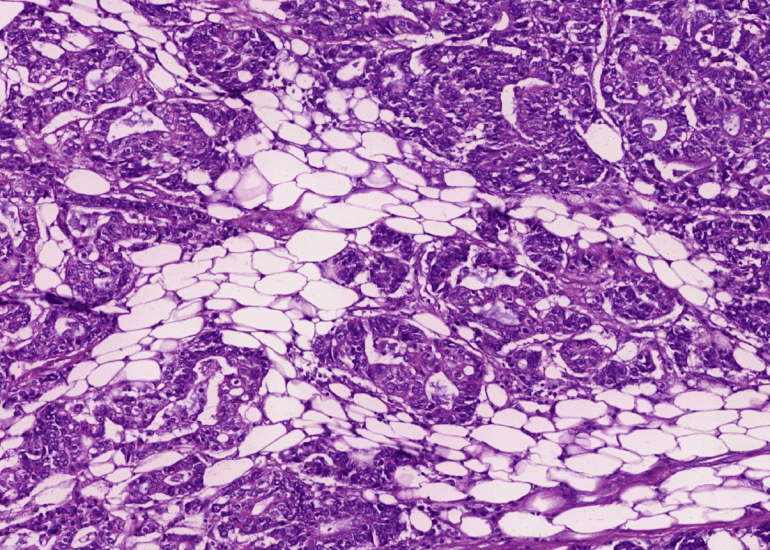- PathOrchestra, developed by a Chinese team, is a versatile AI model for analyzing over 20 human organs from pathological images.
- Created by Air Force Medical University, Tsinghua University, and SenseTime using China’s largest dataset of 300,000 pathology images.
- Utilizes self-supervised learning to cross-learn across different organs, achieving over 95% accuracy in clinical tasks like cancer subtype diagnosis.
- Significantly reduces pathologists’ workload and enhances efficiency in medical image reviews.
- Reflects China’s growing prominence in AI, with Chinese models now constituting 36% of global AI LLMs.
Main AI News:
A pioneering artificial intelligence (AI) breakthrough has emerged from a collaborative effort by researchers at Air Force Medical University (AFMU), Tsinghua University, and SenseTime in China. Dubbed PathOrchestra, this cutting-edge AI model marks a significant leap in medical diagnostics, capable of analyzing over 20 human organs with unparalleled precision.
PathOrchestra’s development represents a paradigm shift in AI-driven healthcare solutions, transitioning from singular cancer-specific models to a versatile framework adept at addressing diverse cancer types. Leveraging China’s largest domestic dataset of nearly 300,000 whole-slide digital pathology images—equivalent to a staggering 300 terabytes of data—the model employs advanced self-supervised learning techniques.
“PathOrchestra’s ability to ‘cross-learn’ across various organs underscores its transformative impact on clinical practice,” remarked Professor Wang Zhe of AFMU’s Basic Medical Science Academy. The model boasts an impressive track record, achieving over 95 percent accuracy across nearly 50 clinical tasks, including complex tasks like lymphoma subtype diagnosis and bladder cancer screening.
Beyond enhancing diagnostic accuracy, PathOrchestra promises to alleviate the burden on pathologists, streamlining medical image review processes and significantly boosting efficiency. Its success mirrors China’s robust growth in AI innovation, with Chinese models now constituting 36 percent of the global AI large language model landscape, second only to the United States.
This achievement underscores China’s pivotal role in advancing AI applications in healthcare, marking a milestone in the global digital economy’s evolution as outlined in the recent white paper by the China Academy of Information and Communications Technology at the Global Digital Economy Conference 2024.
Conclusion:
PathOrchestra’s development signifies a transformative leap in AI-assisted medical diagnostics, demonstrating China’s leadership in leveraging AI to tackle complex healthcare challenges. This advancement not only enhances diagnostic accuracy and efficiency but also underscores China’s competitive edge in the global AI landscape, shaping future innovations in healthcare and beyond.

